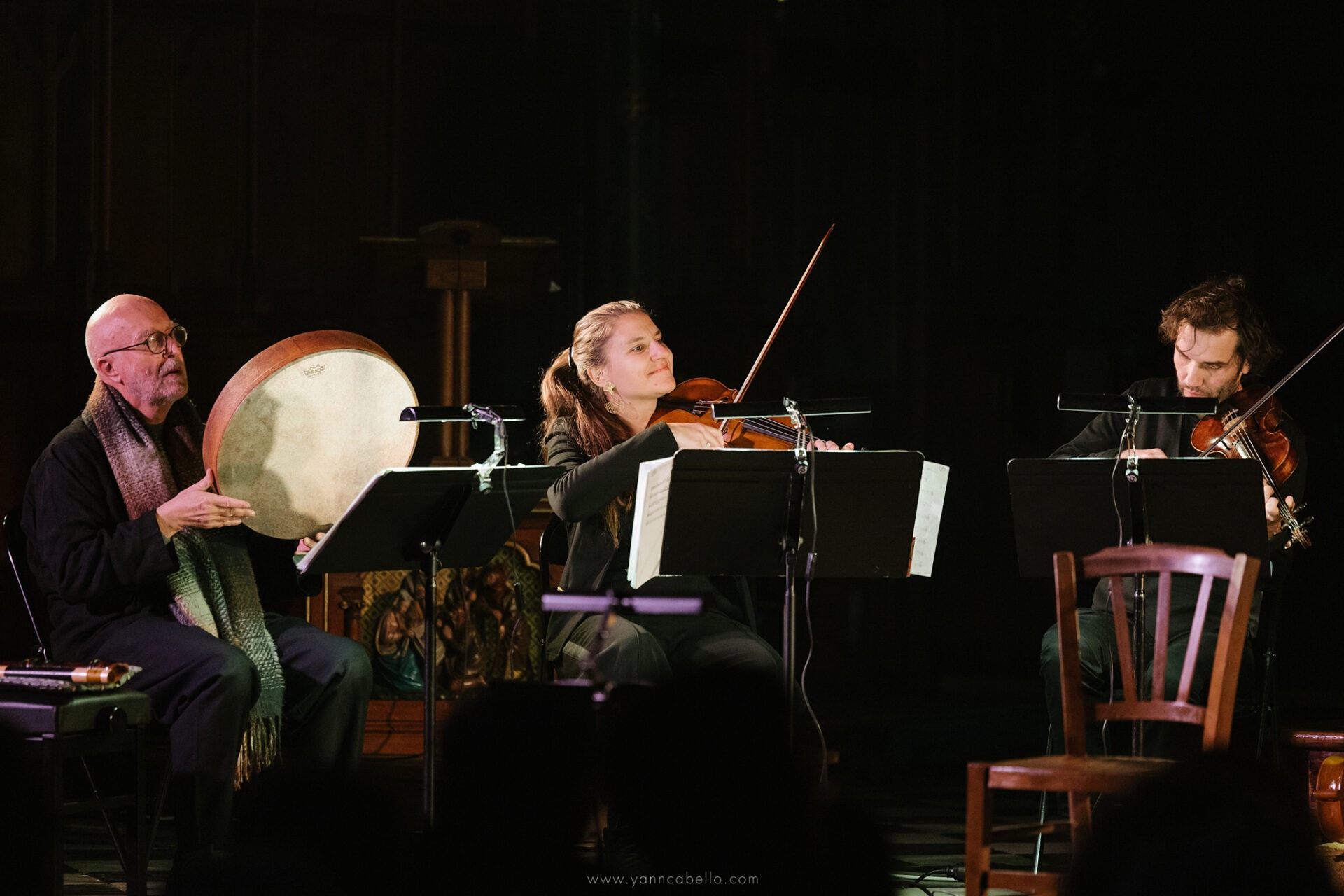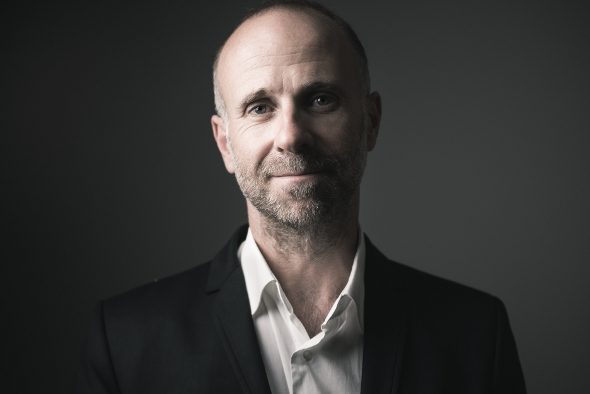Stabat Mater
The Stabat Mater supplication is a fragment of the Seven Sorrows of the Virgin Mary. It is the fifth moment, when Mary stands before the cross:
- La prophétie de Siméon
- La fuite en Égypte
- La disparition de l'Enfant pendant trois jours
- La rencontre (le temps d’un regard) avec Jésus portant sa croix et montant au Calvaire
- Marie, debout au pied de la croix
- La descente de Jésus
- La mise au tombeau
These seven stages mark our spectacular creation, a collaboration between our two groups, one (based in Clermont-Ferrand) observing traces of the Middle Ages, the other (based in Lyon) specialising in consulting and highlighting scores from the Baroque period.
La séquence (poème chanté) du Stabat Mater serait attribué pour certains à Jacopone da Todi (vers 1220-1306) ou alors pour d’autres à saint Bonaventure (1221-1274). C’est également à l’occasion de la fête des Sept Douleurs de la Vierge le 18 mars 1712 dans la ville de Breschia en Lombardie, qu'Antonio Vivaldi composed his Stabat Mater , a sublime work that sets to music his intimate reflections on the shock of death and the confrontation of each individual with their own mortality. These reflections are translated into music that subtly evolves between restraint and expressiveness, giving way in the final verses to light, forgiveness and hope in ‘the glory of paradise’.
Nous avons choisi des laudes du XIIIᵉ siècle, du manuscrit de Cortona pour compléter notre proposition. Celle-ci qui a donc en son centre une des pièces phares du répertoire baroque arrangé dans notre spectacle pour la voix de ténor. L’universel n’est pas quelque chose que l’on décrète, c’est un processus de construction. Du vestige d’une tradition qui nous arrive du Moyen Âge et dont Vivaldi a apporté du vertigineux dans l’écriture de la supplication, nous allons nous réunir pour accorder nos cœurs et nos âmes au profit d’un « faire commun ». De notre rencontre sur le plateau naîtra une organisation où chaque geste sera musical autant que pictural.
LE STABAT MATER EN IMAGES
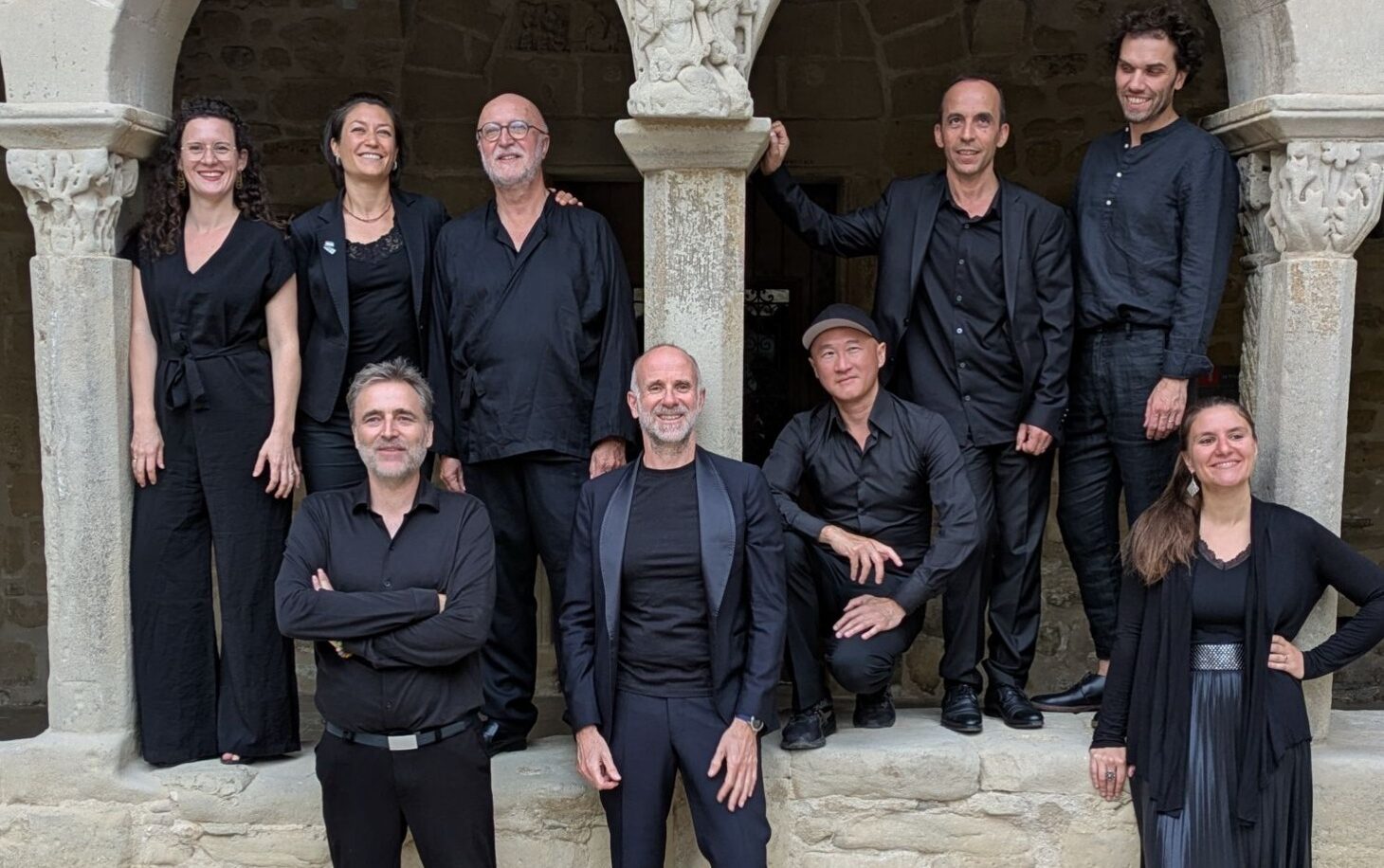
©La Camera delle Lacrime

@Yann Cabello
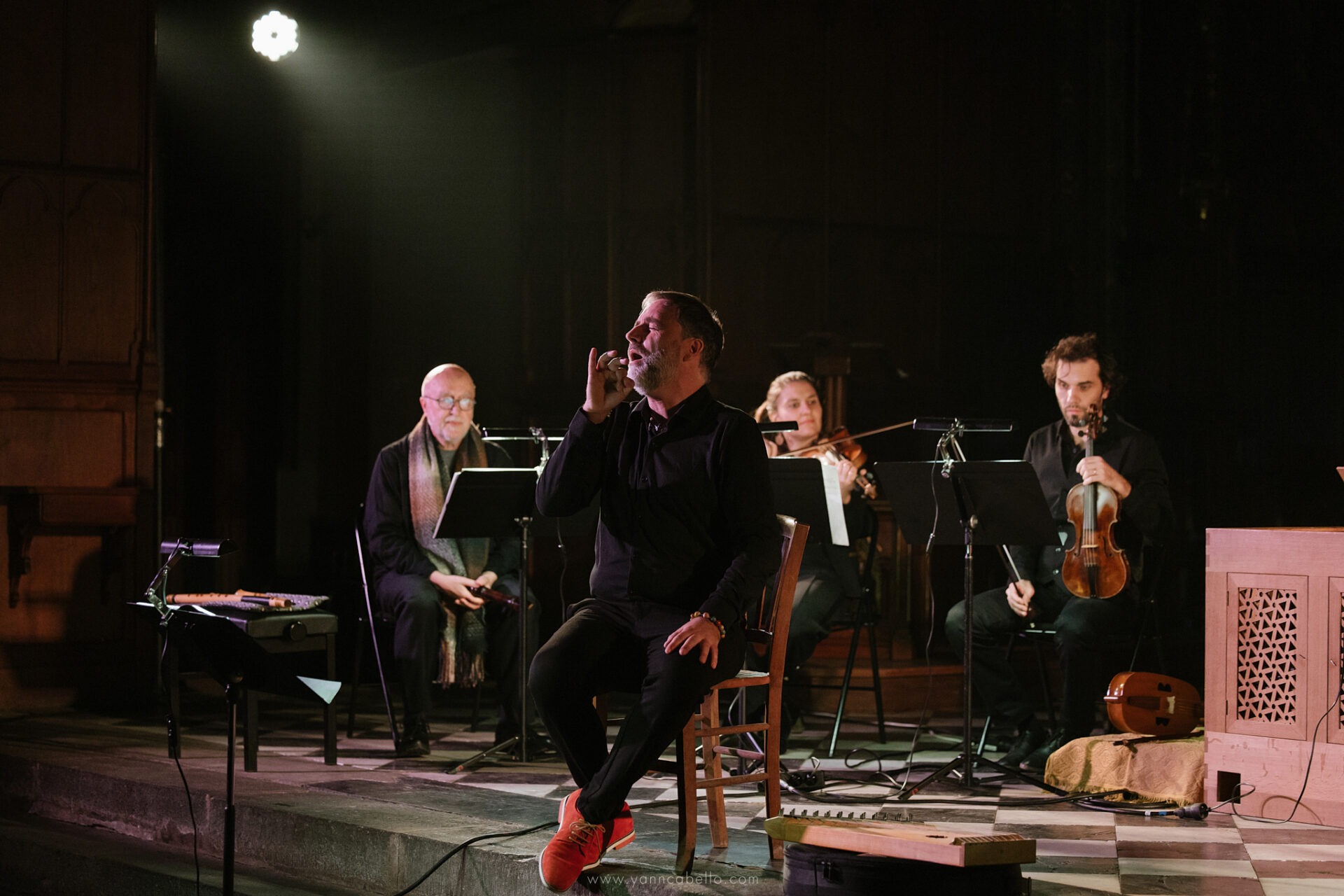
@Yann Cabello

@Yann Cabello
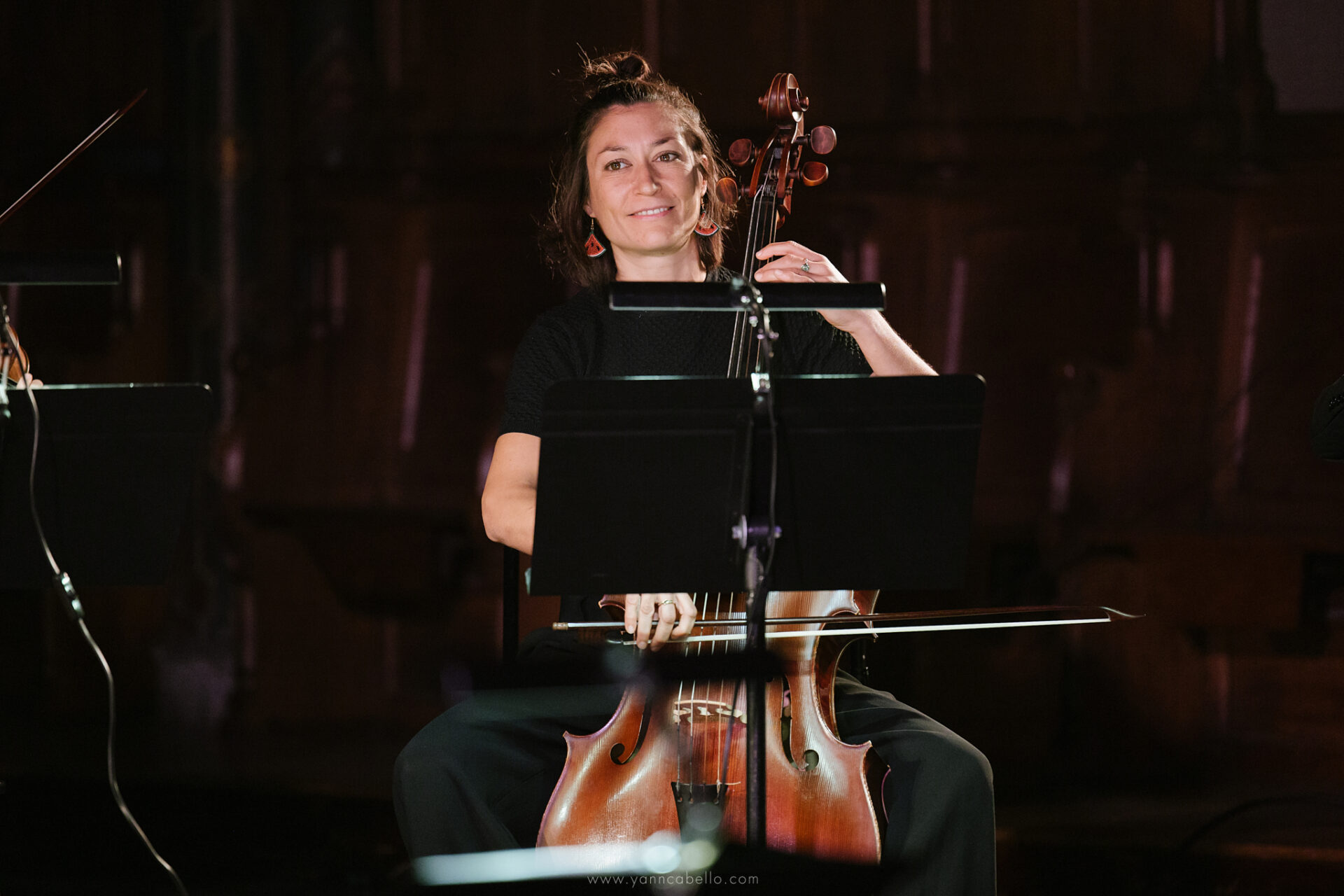
@Yann Cabello
